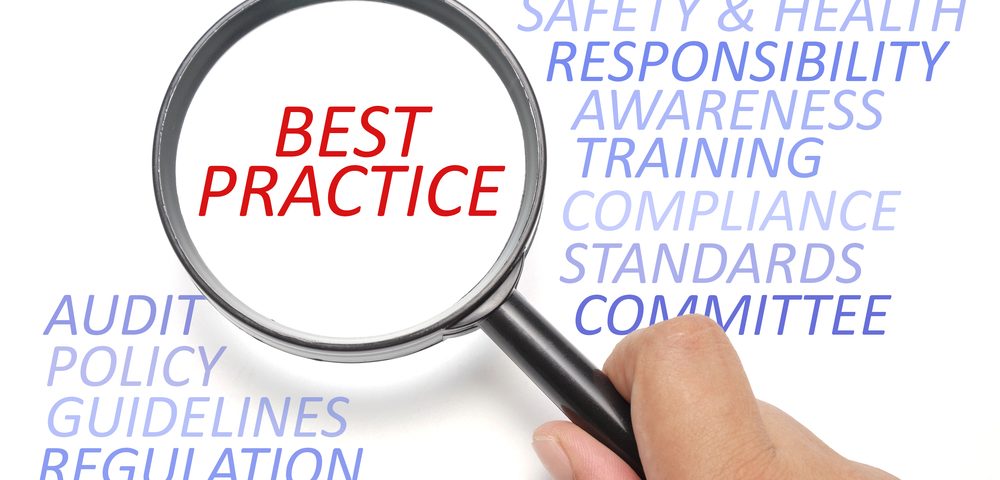It is well-known that delays in diagnosis are extremely long for women with endometriosis, averaging 7.5 years from the first doctor’s appointment, according to the U.K.’s National Institute for Health and Care Excellence (NICE). To address this problem, NICE has issued new guidelines for healthcare professionals to speed up endometriosis diagnoses and improve clinical response.
A primary goal of the guidelines, which update or replace NICE’s previous guidelines on fertility problems, is to raise awareness of endometriosis symptoms among healthcare professionals by providing clear recommendations when women seek care after the first symptoms appear.
For symptoms and signs, NICE’s guidelines recommend doctors suspect endometriosis — including for young women 17 and under — when one or more of these symptoms are present: chronic pelvic pain, painful periods (dysmenorrhea) affecting daily activities, deep pain during or after sexual intercourse, painful bowel movements during a period, urinary symptoms such as blood in the urine or pain passing urine during menstrual cycles, and infertility combined with any other symptoms.
An endometriosis diagnosis should not be excluded if, during abdominal or pelvic examination, ultrasounds or magnetic resonance imaging (MRI) are normal. If a clinician suspects endometriosis or if symptoms continue to persist, additional measures are required, the guidelines state. These include a transvaginal ultrasound (also known as an endovaginal ultrasound), a strategy also recommended to diagnose endometriomas and deep endometriosis involving the bowel, bladder, or ureter. This technique is performed by placing an ultrasound probe inside the vagina, which allows clinicians to examine a woman’s uterus, ovaries, tubes, cervix, and pelvic area.
The NICE guidelines do not recommend using CA 125 (cancer antigen) testing to diagnose endometriosis, because endometriosis may be present despite normal CA 125 test results.
Also, a pelvic MRI is not considered a suitable first strategy to diagnose endometriosis in women with symptoms or suggestive signs. Pelvic MRIs can be used to assess the extent of deep endometriosis involving the bowel, bladder, or ureter, but they should always be interpreted by a specialist with expertise in gynecological imaging, NICE stated.
Laparoscopy, a diagnostic surgical procedure used to examine organs inside the abdomen, is recommended for women exhibiting signs of endometriosis, even if a previous ultrasound is normal. For women with suspected deep endometriosis involving the bowel, bladder, or ureter, NICE recommends a pelvic ultrasound or MRI before laparoscopy.
Women with endometriosis-related pain may try analgesics, for which the guidelines suggest a short trial (three months, for example) of paracetamol or a non-steroidal anti-inflammatory drug (NSAID) alone or combined with first-line management of endometriosis-related pain. If this strategy fails to provide pain relief, other forms of pain management should be discussed with a gynecologist.
Hormonal treatments also are available and should be discussed.
The NICE guidelines state that non-pharmacological management of endometriosis, such as with traditional Chinese medicine or other Chinese herbal medicines and supplements, currently is not supported by evidence.
“Delayed diagnosis is a significant problem for many women with endometriosis leading them to years of unnecessary distress and suffering. The condition is difficult to diagnose as symptoms vary and are often unspecific. However, once it has been diagnosed, there are effective treatments available that can ease women’s symptoms,” Mark Baker, director of NICE’s Centre for Guidelines, said in a press release. “This guideline will help healthcare professionals detect endometriosis early, to close the symptom to diagnosis gap and to ensure more timely treatment.”

